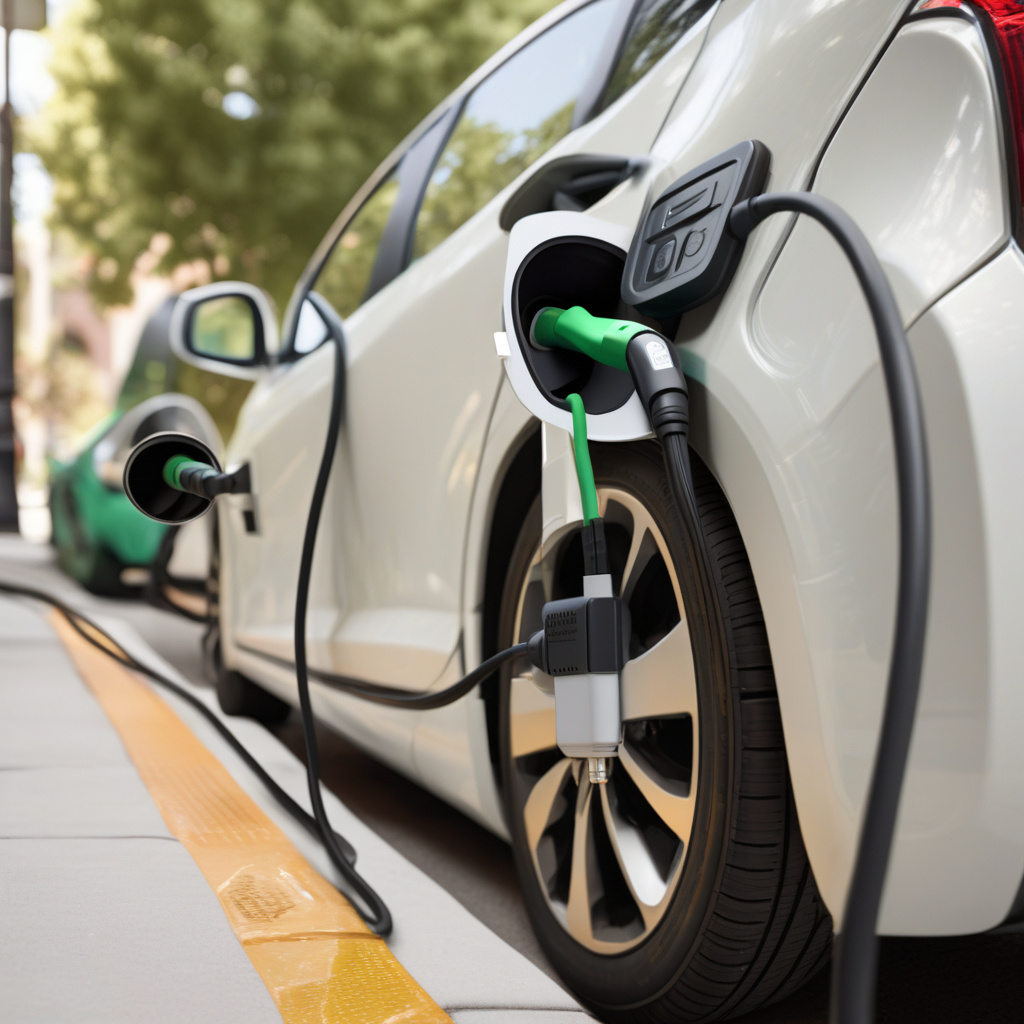The global shift towards electric vehicles (EVs) is undeniable, with 22% of new cars sold in 2024 being electric, marking a significant milestone in sustainable transportation. However, amidst the excitement of embracing greener technologies, one crucial element often overlooked is the role of cable sizing in ensuring safer and more efficient EV charging systems.
Proper cable sizing is not just about connecting the EV to a power source; it plays a vital role in maintaining system integrity and user safety. Inadequate cable sizing can lead to overheating, voltage drop, and even fire hazards, jeopardizing both the vehicle and the charging infrastructure. By selecting the right cable size based on the charging power and distance, EV owners can mitigate these risks and enhance the overall charging experience.
For instance, when installing a Level 2 charging station at home or in a commercial setting, the cable size must be compatible with the charging capacity of the station and the distance to the EV. Using undersized cables can result in energy losses and increased charging times, impacting the efficiency of the charging process. On the other hand, oversized cables can be costlier and bulkier without providing significant benefits in most scenarios.
Moreover, proper cable sizing contributes to the overall sustainability of EV charging systems. By optimizing cable sizes, energy losses during charging can be minimized, leading to more efficient use of electricity and reduced carbon emissions. This not only benefits individual EV owners in terms of lower charging costs but also contributes to the broader goals of environmental conservation and combating climate change.
In the quest for safer, greener EV charging systems, industry stakeholders, including manufacturers, installers, and policymakers, must prioritize educating consumers about the importance of cable sizing. By raising awareness about this often-overlooked aspect, stakeholders can empower EV owners to make informed decisions that enhance the performance, safety, and sustainability of their charging infrastructure.
In conclusion, as the world accelerates towards a future dominated by electric vehicles, understanding the hidden role of cable sizing in EV charging systems is paramount. By selecting the right cable size, EV owners can ensure not only the safety and efficiency of their charging process but also contribute to a more sustainable and eco-friendly transportation ecosystem. Let’s not overlook this critical component in the electrification revolution.

